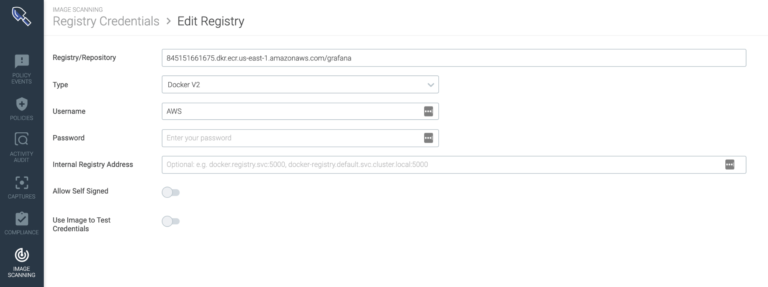

You can configure the X-FRAME-OPTIONS header Click Create repository and choose npm (proxy) from the list. Click Administration in the left navigational menu, then click Repositories.


Npm config set to non secure http install#
If this is the first time using Azure Artifacts with npm, select Get the tools and follow the instructions to install the prerequisites. Select npm from the list of package types. /data/nginx/custom/server_nf: Included at the end of every proxy server block The following steps will help set up your other config file: Select Artifacts, and then select Connect to feed./data/nginx/custom/nf: Included at the end of the main stream block./data/nginx/custom/nf: Included at the end of the main http block./data/nginx/custom/http_top.conf: Included at the top of the main http block./data/nginx/custom/nf: Included at the very end of nf.You can add your custom configuration snippet files at /data/nginx/custom as follow: NPM has the ability to include different custom configuration snippets in different places. If you are a more advanced user, you might be itching for extra Nginx customizability. It is possible to configure Node-RED to periodically refresh its HTTPS. In order to be secure, it is only permitted to set this value in. By default, the Node-RED editor is not secured - anyone who can access its IP. The easy fix is to add a Docker environment variable to the Nginx Proxy Manager stack:Įnvironment : DISABLE_IPV6 : 'true' # Custom Nginx Configurations The configuration for the path to the helper must be an absolute path, with no arguments. In these cases, the following message may be seen in the log:

On some Docker hosts IPv6 may not be enabled. MYSQL_DATABASE : "npm" MYSQL_USER : "npm" # MYSQL_PASSWORD: "npm" # use secret instead MYSQL_PASSWORD_FILE : /run/secrets/MYSQL_PWD
Npm config set to non secure http verification#
Once the initial verification is completed, you can automatically redirect all insecure requests made on the HTTP port to HTTPS by enabling the HTTP to HTTPS. data :/dataĮnvironment : # MYSQL_ROOT_PASSWORD: "npm" # use secret instead MYSQL_ROOT_PASSWORD_FILE : /run/secrets/DB_ROOT_PWD The non-secure HTTP port must be accessible from the internet, at all times, in order for the Let's Encrypt challenge process to complete, as well as for automated certificate renewals. Ports : # Public HTTP Port: - '80:80' # Public HTTPS Port: - '443:443' # Admin Web Port: - '81:81' environment : # These are the settings to access your db DB_MYSQL_HOST : "db" DB_MYSQL_PORT : 3306 DB_MYSQL_USER : "npm" # DB_MYSQL_PASSWORD: "npm" # use secret instead DB_MYSQL_PASSWORD_FILE : /run/secrets/MYSQL_PWDĭB_MYSQL_NAME : "npm" # If you would rather use Sqlite uncomment this # and remove all DB_MYSQL_* lines above # DB_SQLITE_FILE: "/data/database.sqlite" # Uncomment this if IPv6 is not enabled on your host # DISABLE_IPV6: 'true' volumes :. Services : app : image : 'jc21/nginx-proxy-manager:latest' restart : unless -stopped env files can be used for function configuration, but you should not consider them a secure way to store sensitive. HTTPS pages typically use one of two secure protocols to encrypt communications - SSL (Secure Sockets Layer) or TLS (Transport Layer Security).Version : "3.7" secrets : # Secrets are single-line text files where the sole content is the secret # Paths in this example assume that secrets are kept in local folder called ".secrets" DB_ROOT_PWD : file. It means all communications between your browser and the website are encrypted. The 'S' at the end of HTTPS stands for 'Secure'. Notice the https prefix in your npm registry, Hyper Text Transfer Protocol Secure (HTTPS) is the secure version of HTTP, the protocol over which data is sent between your browser and the website that you are connected to. This occurs due to how you set your npm registry: npm config set registry This appears to be an issue with attempting to use SSL while installing your project's required packages.


 0 kommentar(er)
0 kommentar(er)
